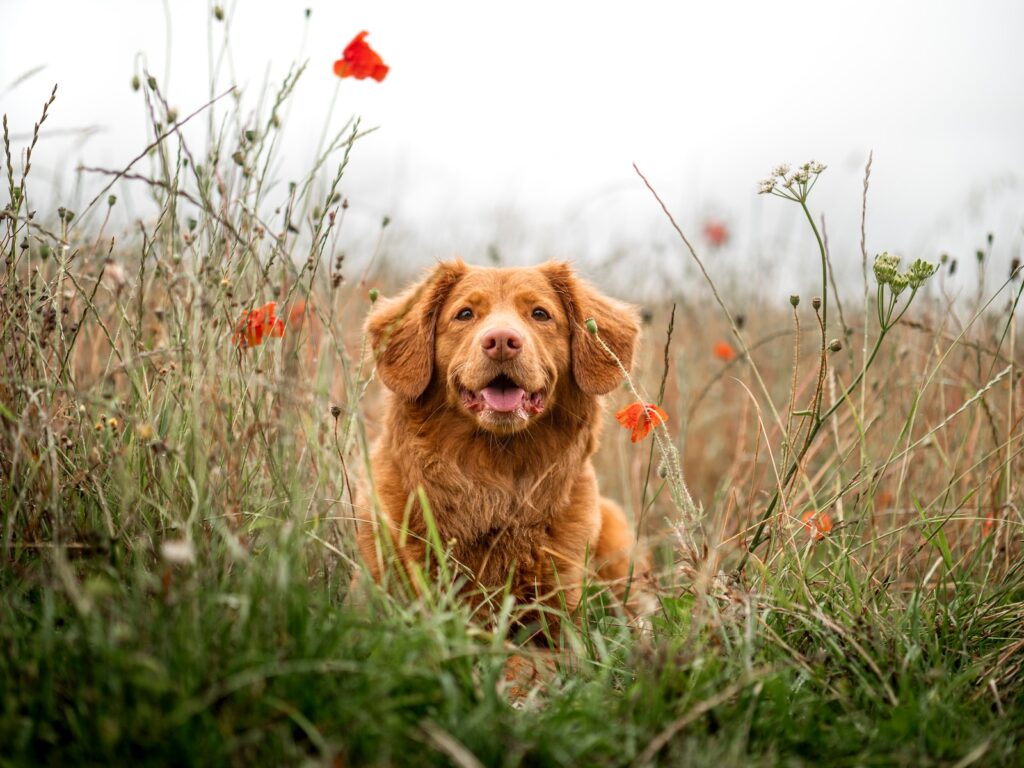Can Dogs Eat Leaves? — Yes, They can
Leaves are generally safe for dogs to eat, but there are a few considerations to keep in mind.
Can Puppies Eat Leaves?
Yes, puppies can safely eat leaves, but it’s important to monitor their behavior and ensure they don’t consume large quantities.
Things to consider when feeding leaves to puppies?
When feeding leaves to puppies, it’s crucial to make sure the leaves are free from pesticides, chemicals, or any toxic substances. Additionally, ensure that the leaves are small and easily digestible to avoid any choking hazards. Always supervise your puppy while they are consuming leaves to prevent any potential issues.
Nutritional Benefits of Leaves for Dogs — Why Leaves are good for Dogs?
1. Rich Source of Fiber
Leaves contain a high amount of fiber, which aids in digestion and promotes healthy bowel movements in dogs. It helps prevent constipation and improves overall gut health.
2. Natural Source of Vitamins
Leaves are packed with essential vitamins such as vitamin A, vitamin C, and vitamin K. These vitamins contribute to a strong immune system, healthy vision, and proper blood clotting.
3. Antioxidant Properties
Leaves are known for their antioxidant properties, which help combat free radicals and protect the body’s cells from damage. Antioxidants promote overall well-being and reduce the risk of chronic diseases in dogs.
4. Hydration
Some leaves, like lettuce or cabbage, have a high water content, which can help keep dogs hydrated, especially during hot weather.
5. Mental Stimulation
Chewing on leaves can provide dogs with mental stimulation and alleviate boredom. It can be a natural and safe way for dogs to engage in environmental exploration and satisfy their chewing instincts.
Potential Allergies: Can Dogs Be Allergic to Leaves?
While rare, some dogs may be allergic to certain types of leaves. If you notice any unusual symptoms after your dog consumes leaves, such as vomiting, diarrhea, or excessive itching, it’s best to consult your veterinarian for further guidance.
Symptoms of Leaf Allergies in Dogs
- Hives or skin rash
- Swelling of the face, lips, or tongue
- Itchy skin
- Coughing or sneezing
- Difficulty breathing
What to Do If Your Dog Shows Symptoms?
- Immediately stop your dog from consuming any more leaves.
- Contact your veterinarian for appropriate guidance and treatment.
- Keep a close eye on your dog’s condition and monitor for any worsening of symptoms.
Recommended Amount: How Much Leaves Can a Dog Consume?
When feeding leaves to dogs, it is best to do so in moderation. Too many leaves may cause digestive upset or lead to an imbalance in their diet. As a general guideline, treats like leaves should make up no more than 10% of a dog’s daily caloric intake.
Things to Consider When Feeding Leaves to Dogs
Always ensure that the leaves offered to dogs are safe and free from any pesticides or chemicals. It is also essential to introduce leaves gradually into their diet to monitor for any adverse reactions or digestive issues. If in doubt, consult with your veterinarian before introducing new foods to your dog’s diet.
How to Feed Leaves to Dogs: A Quick Guide
Feeding leaves to dogs can be done in various ways, and here are three easy recipes to incorporate leaves into their diet:
Leafy Green Salad
Prepare a salad using dark leafy greens such as spinach, kale, or lettuce. Rinse the leaves thoroughly, remove any stems, and chop them into small, dog-friendly pieces. Mix the leaves with your dog’s regular food or serve as a standalone treat.
Steamed Vegetables with Leaves
Steam a combination of dog-friendly vegetables like broccoli, zucchini, and carrots. Once cooked, sprinkle some fresh leaves on top of the vegetables to enhance the flavors. Allow the mixture to cool before feeding it to your dog as a wholesome meal.
Homemade Leafy Treats
Create homemade leafy treats by blending your dog’s favorite leaves with ingredients like peanut butter, oats, and a small amount of water to form a dough. Shape the dough into small bite-sized treats and bake them at a low temperature until they are cooked. Store them in an airtight container for your dog to enjoy as a nutritious snack.
Conclusion
In conclusion, dogs can safely consume leaves as part of a balanced and varied diet. Leaves offer nutritional benefits such as fiber, vitamins, antioxidants, hydration, and mental stimulation. However, it is crucial to ensure the leaves are safe, free from pesticides, and introduced gradually. Always monitor your dog for any adverse reactions or allergies, and consult with your veterinarian if you have any concerns.






